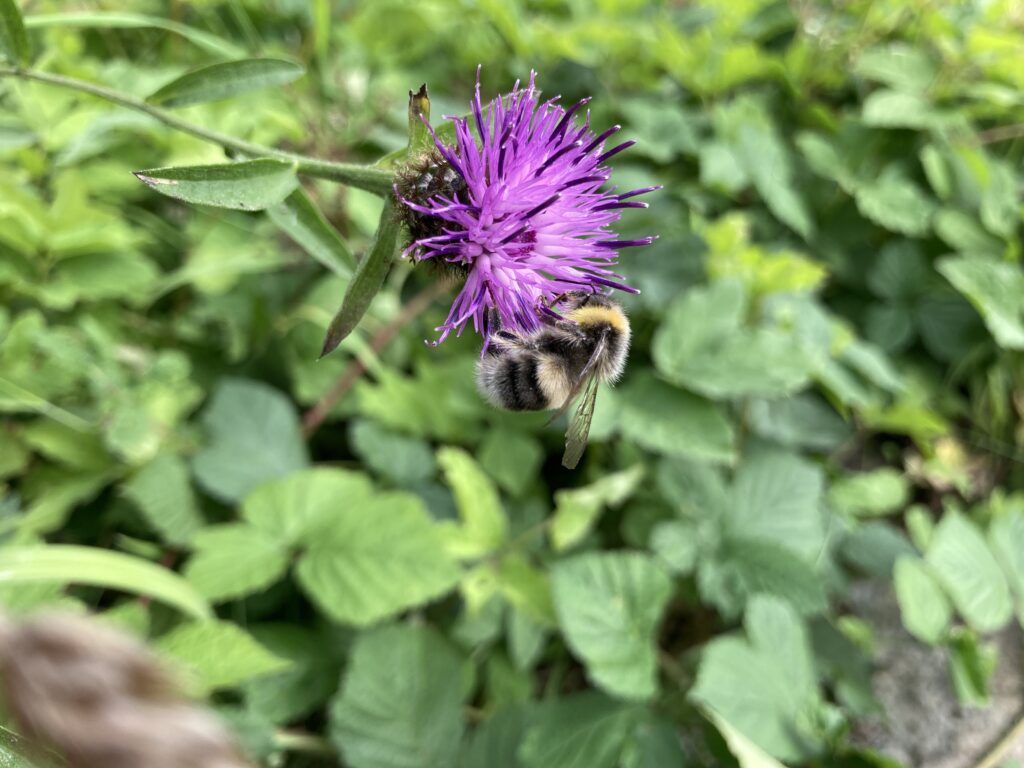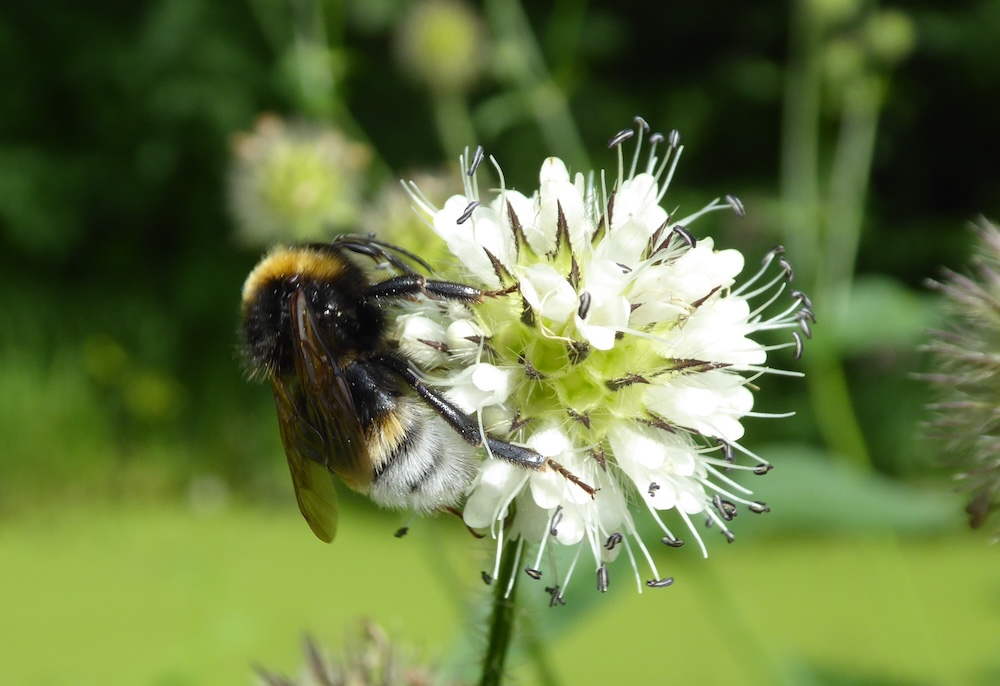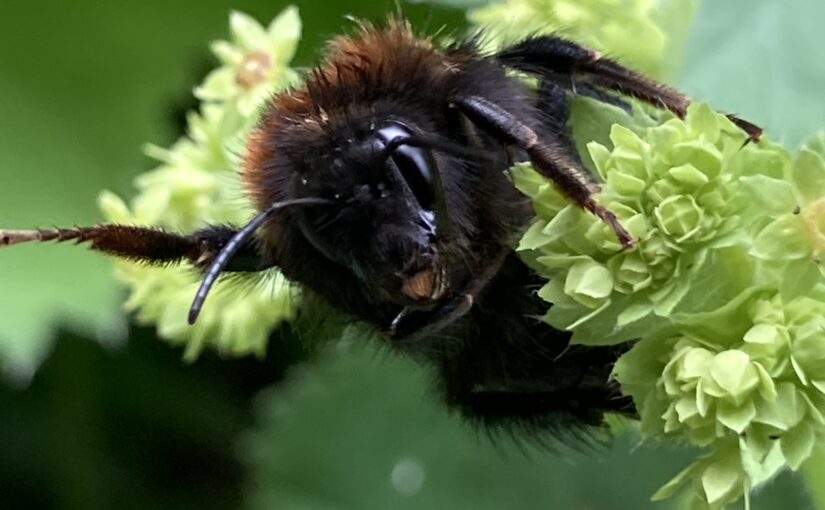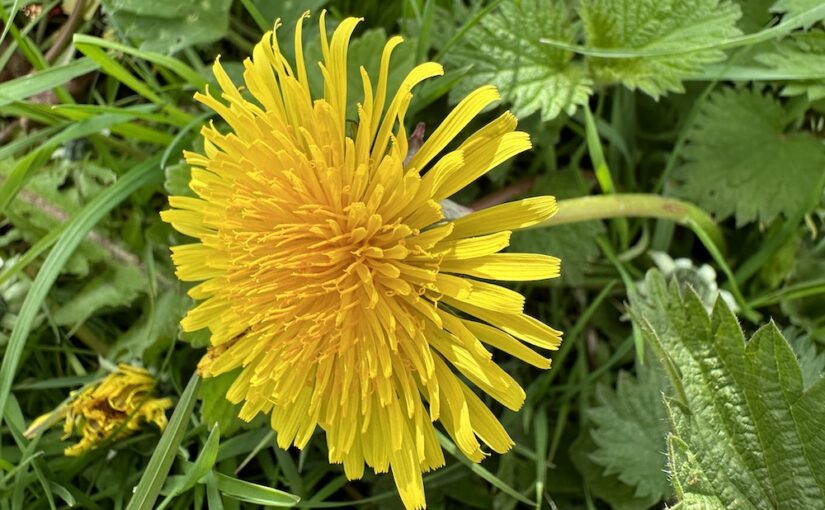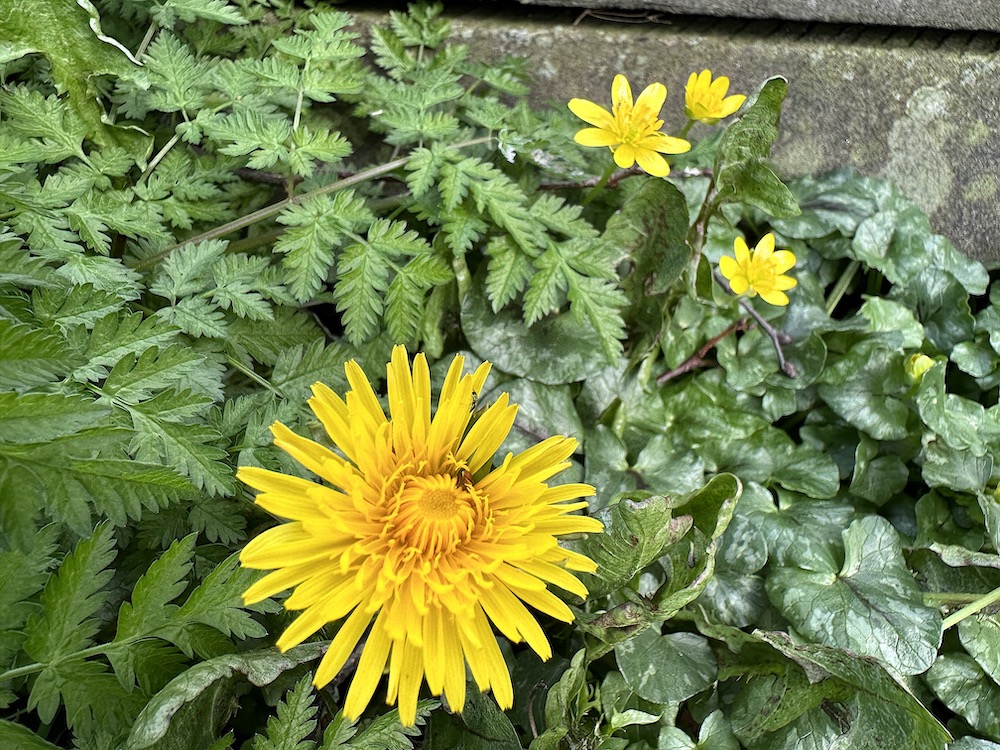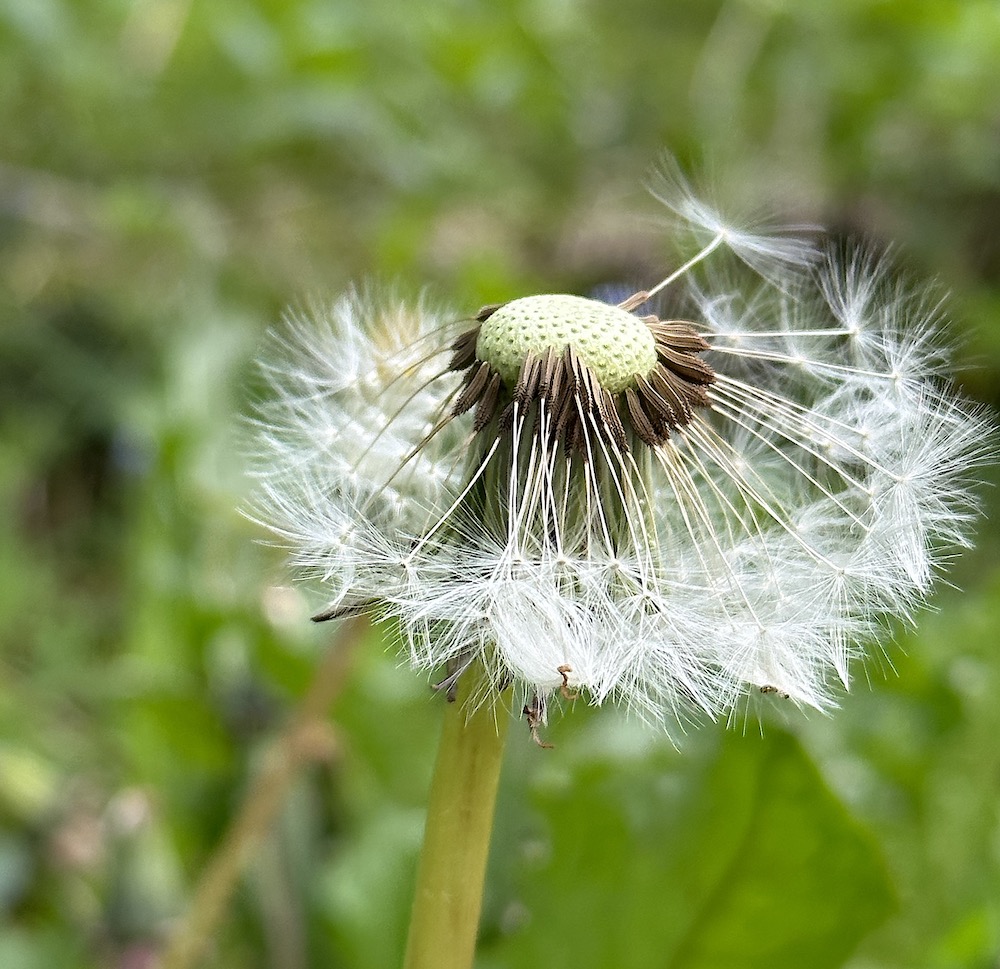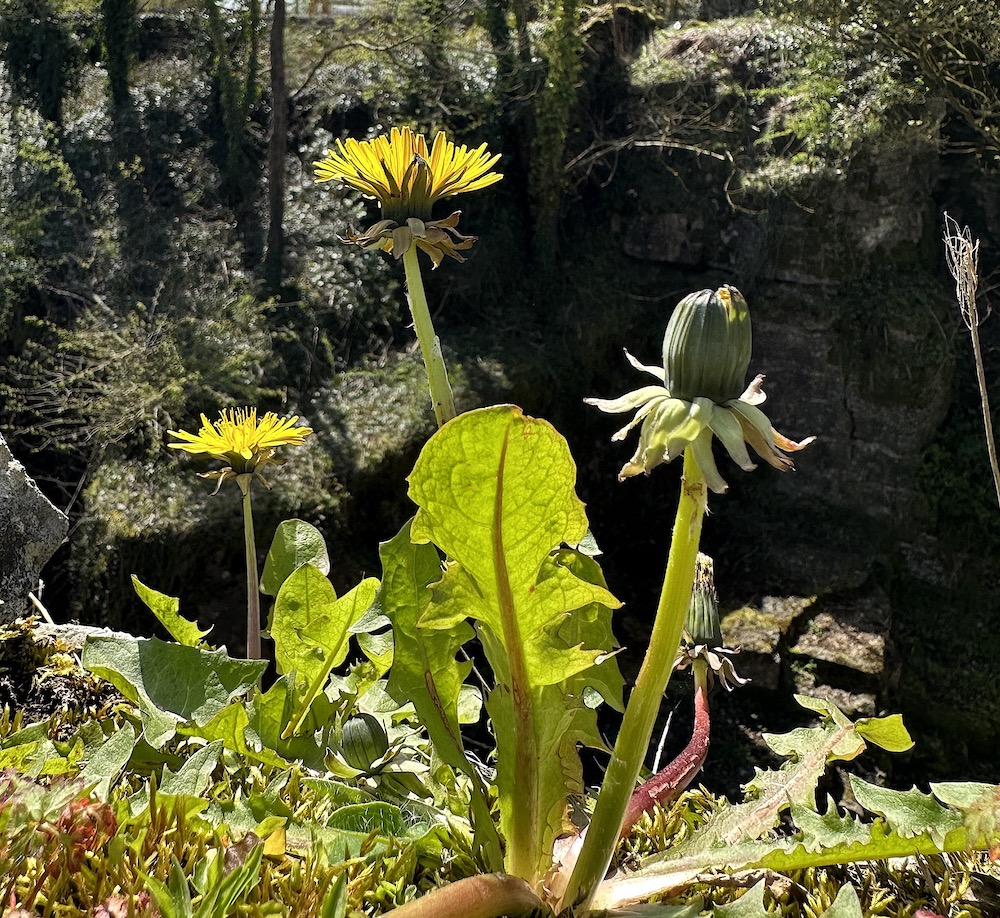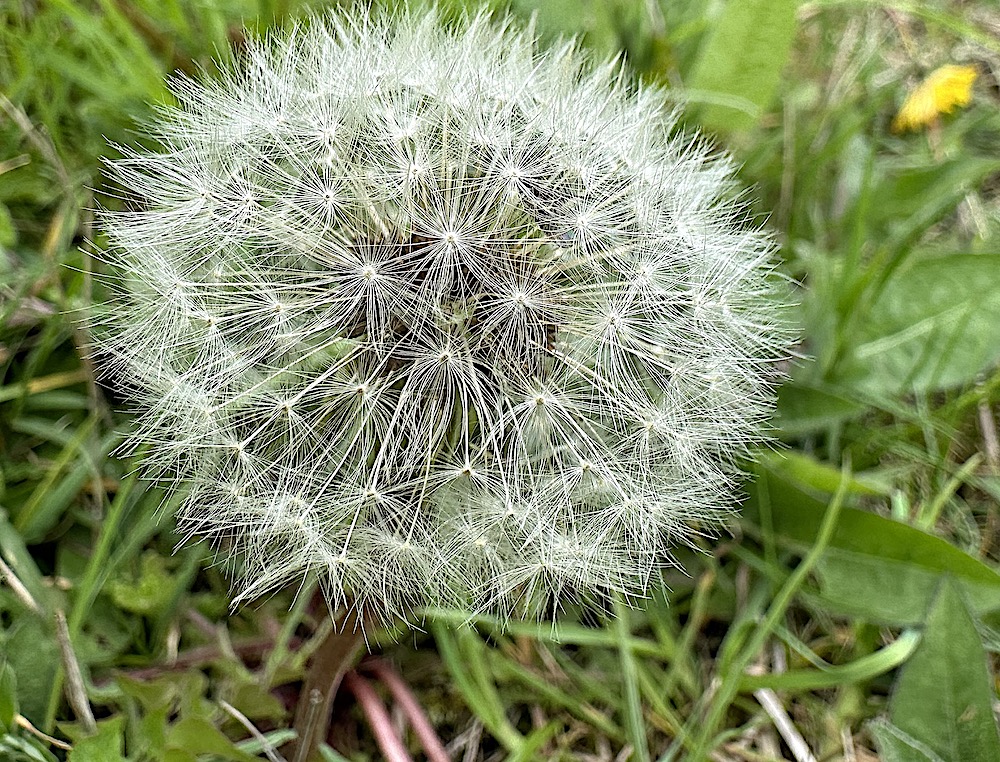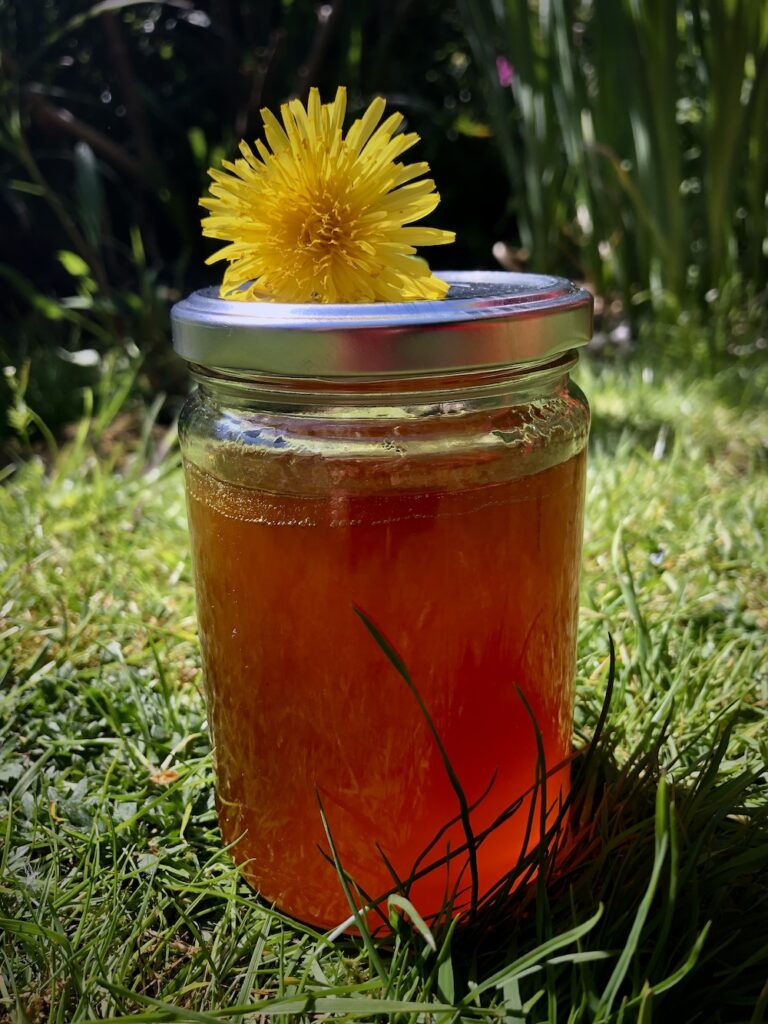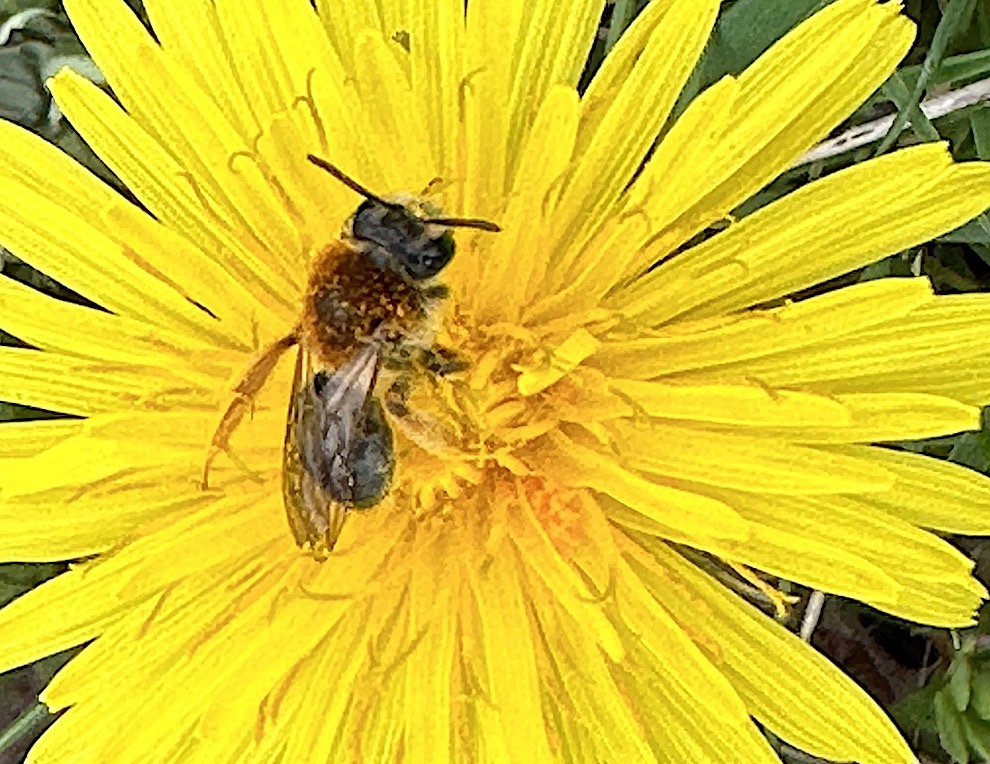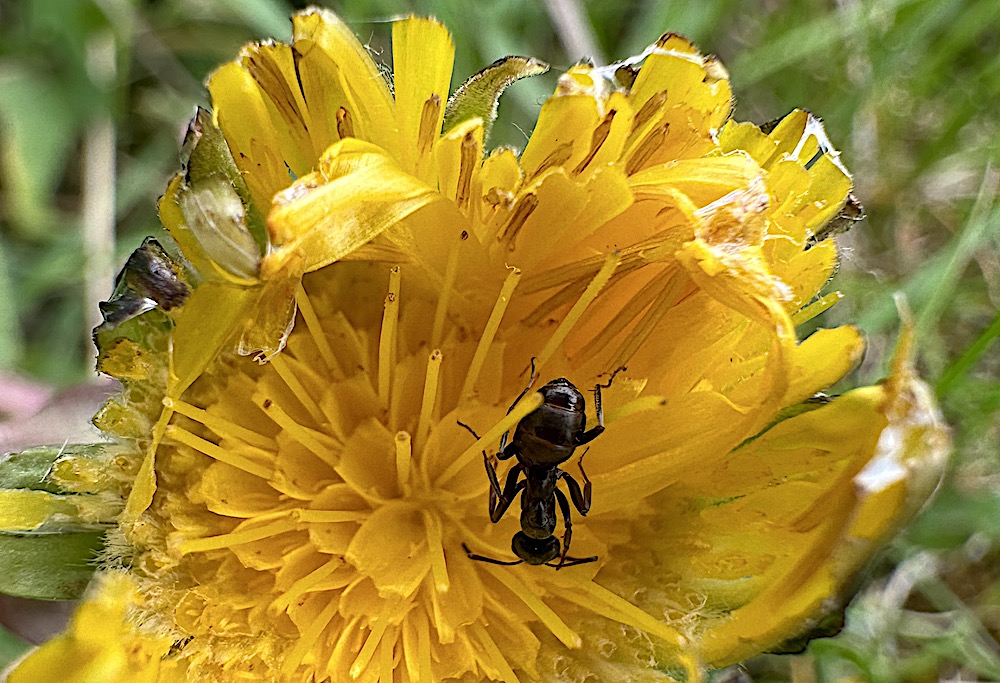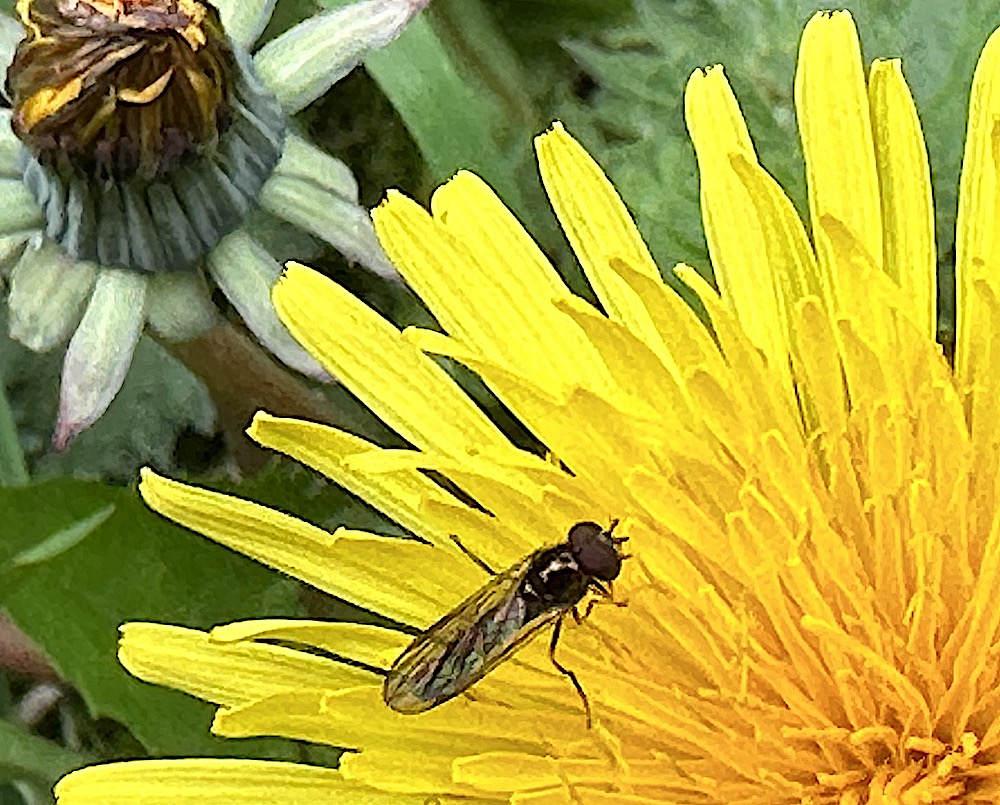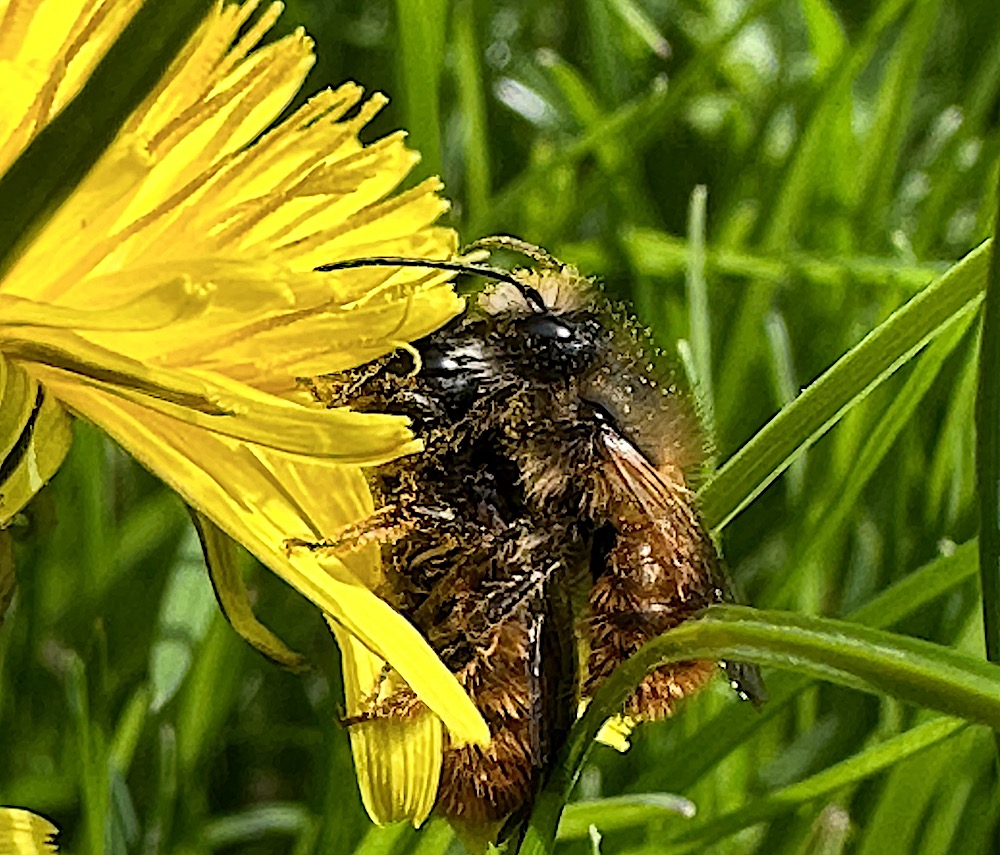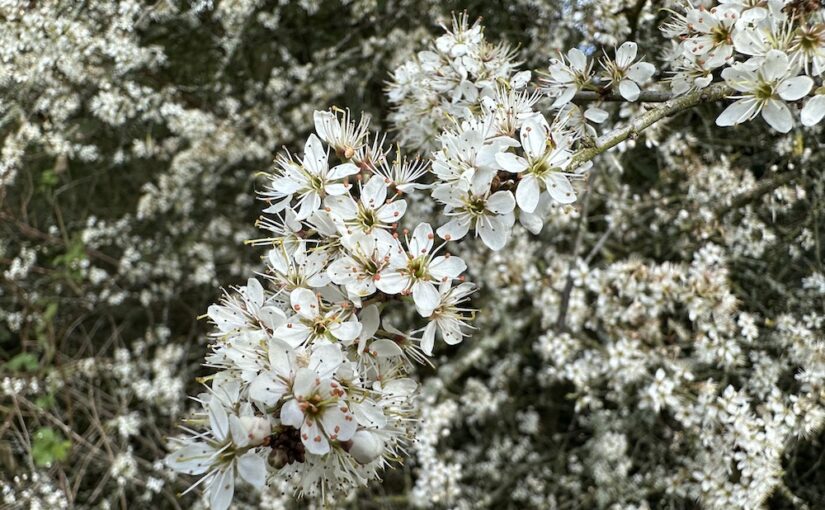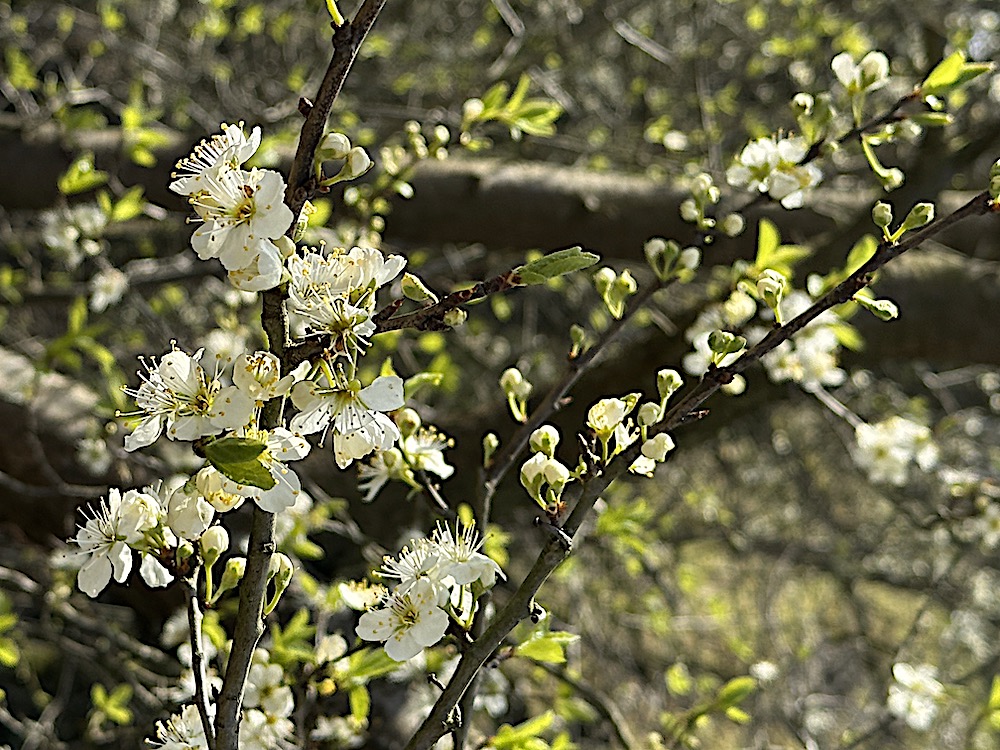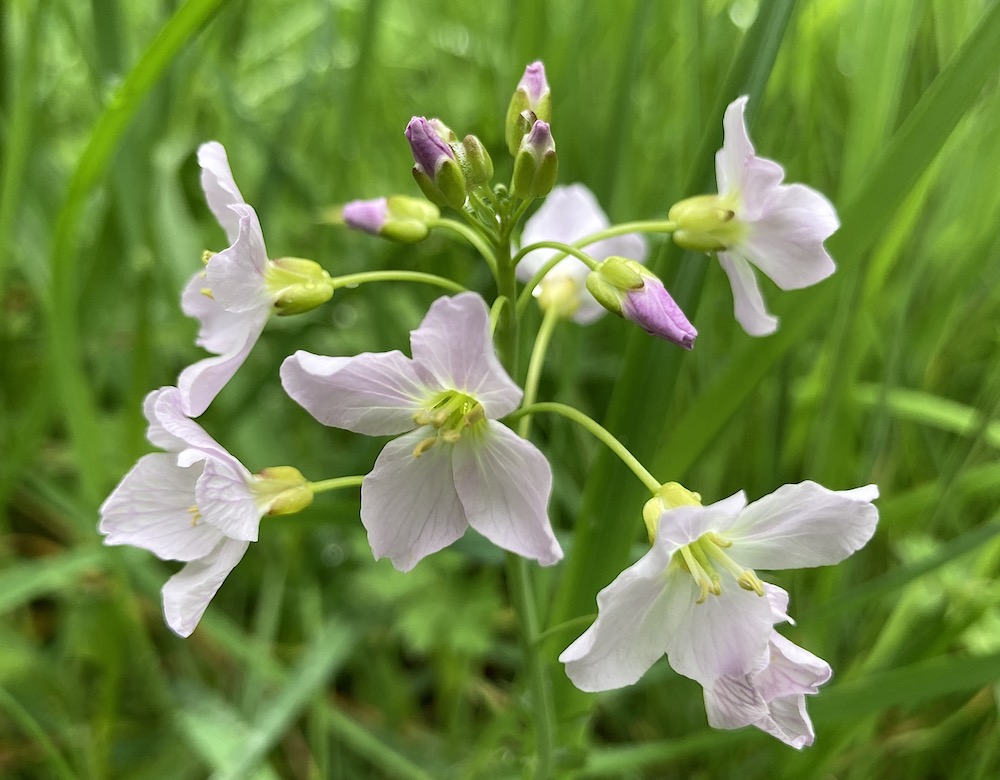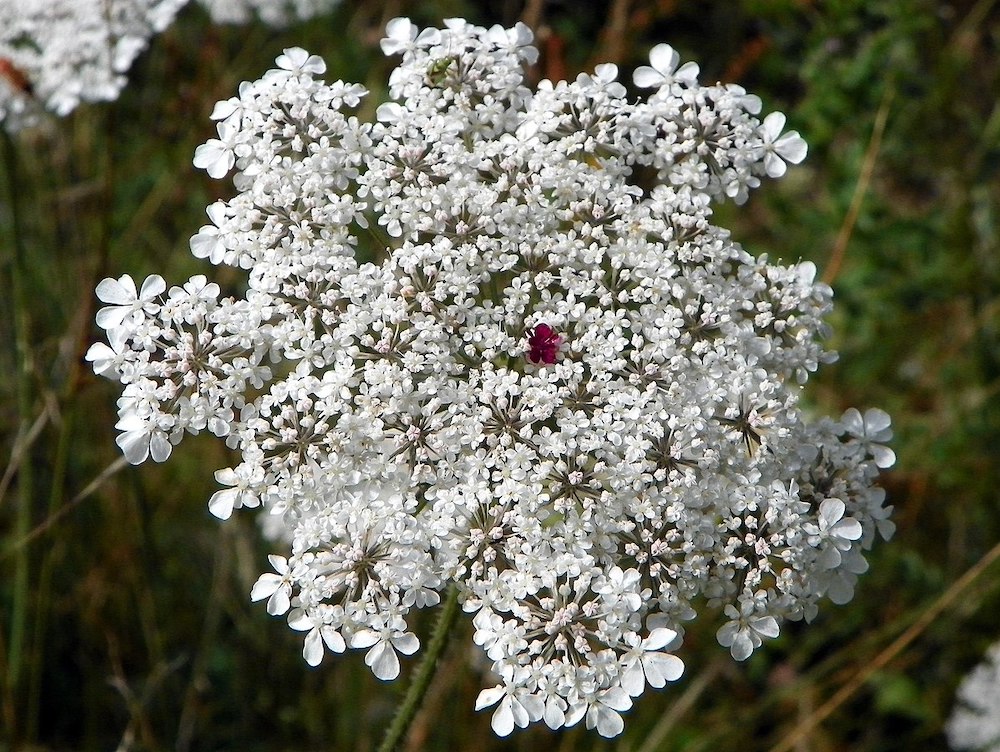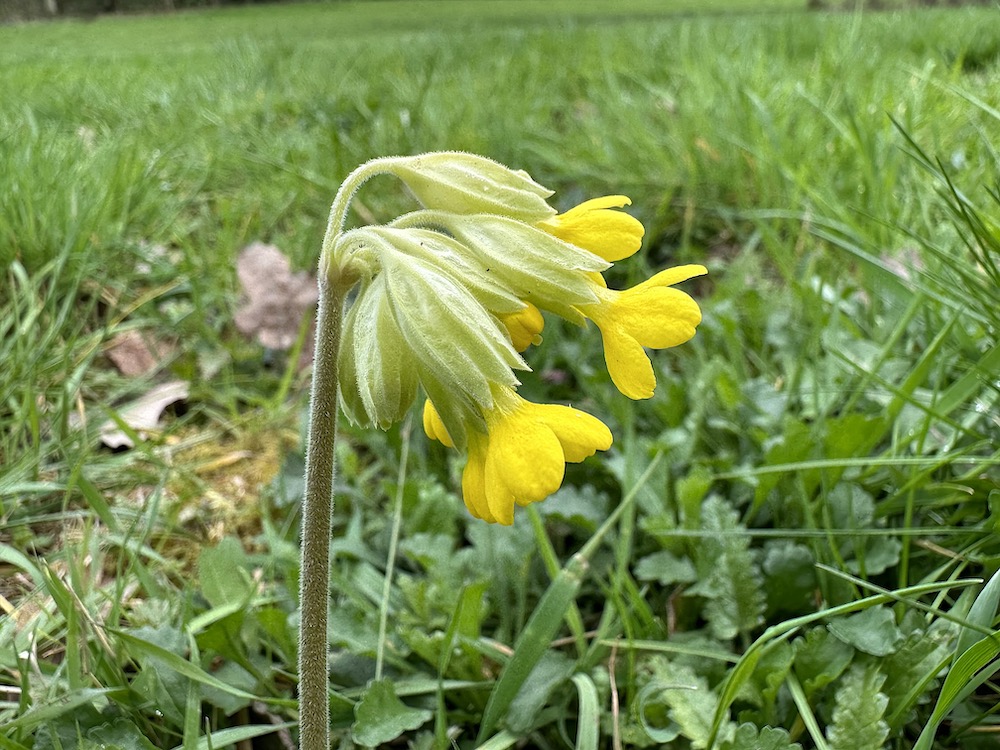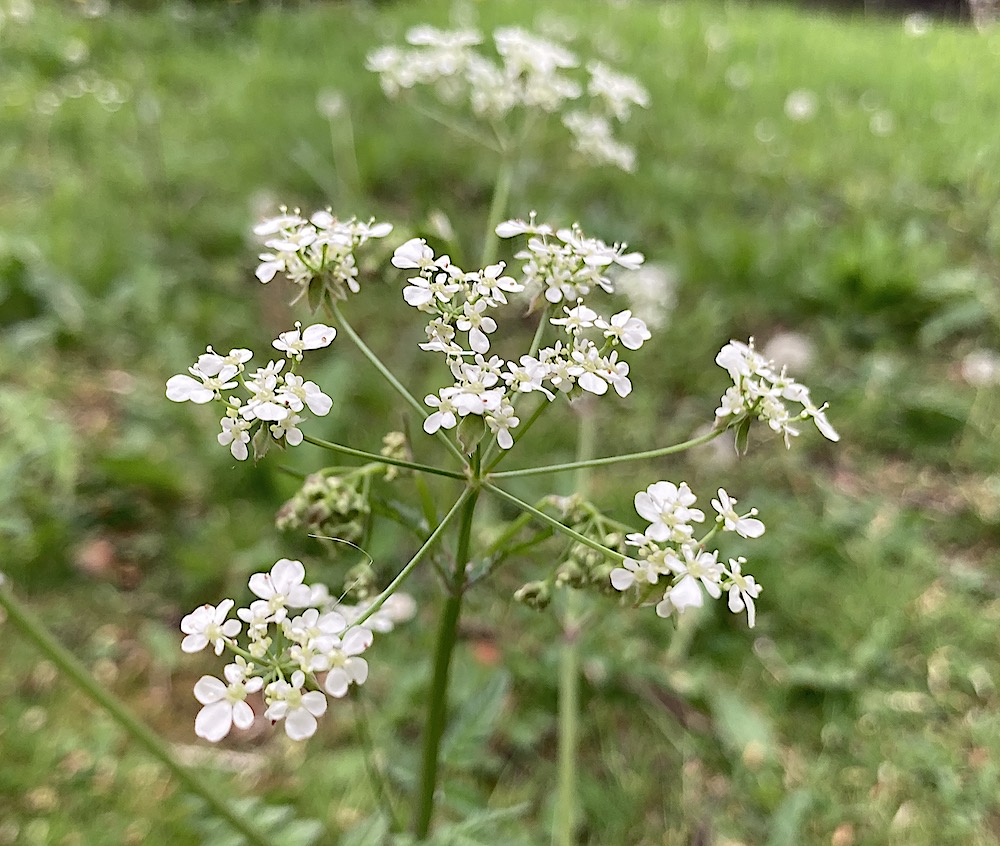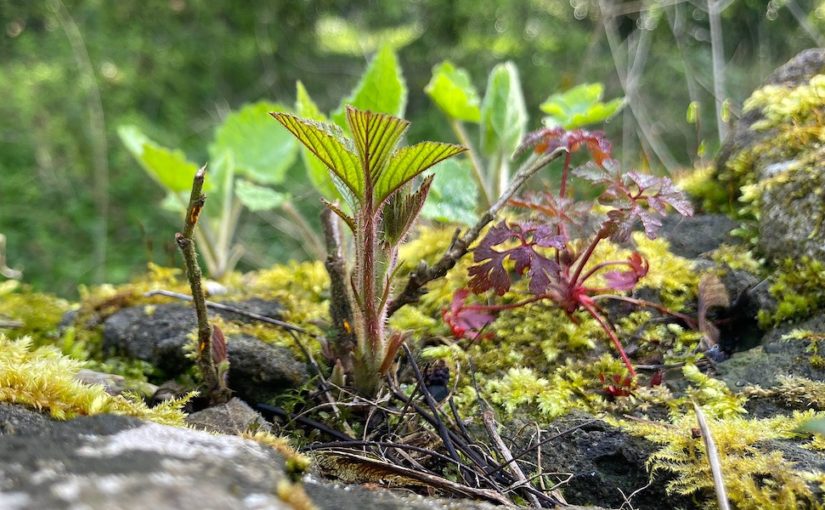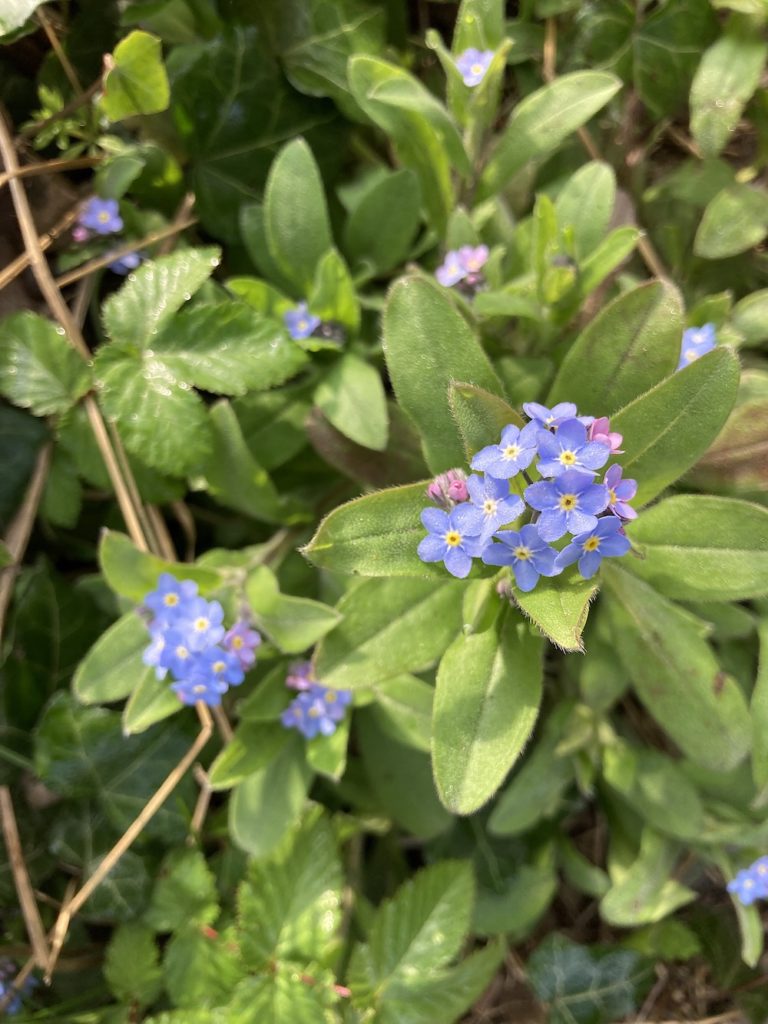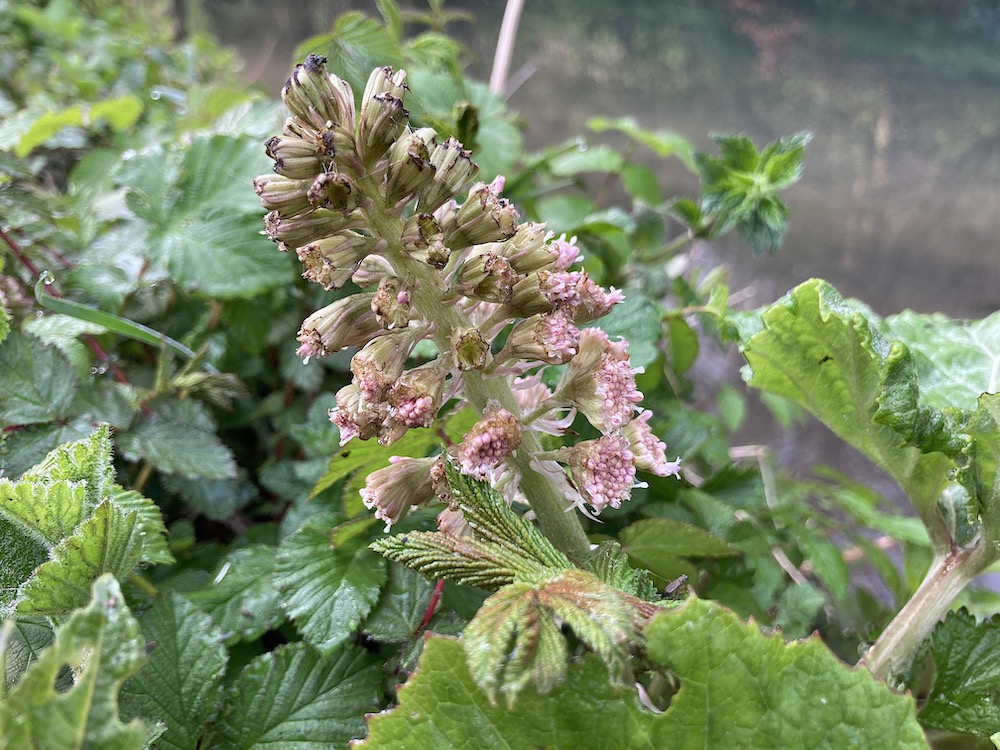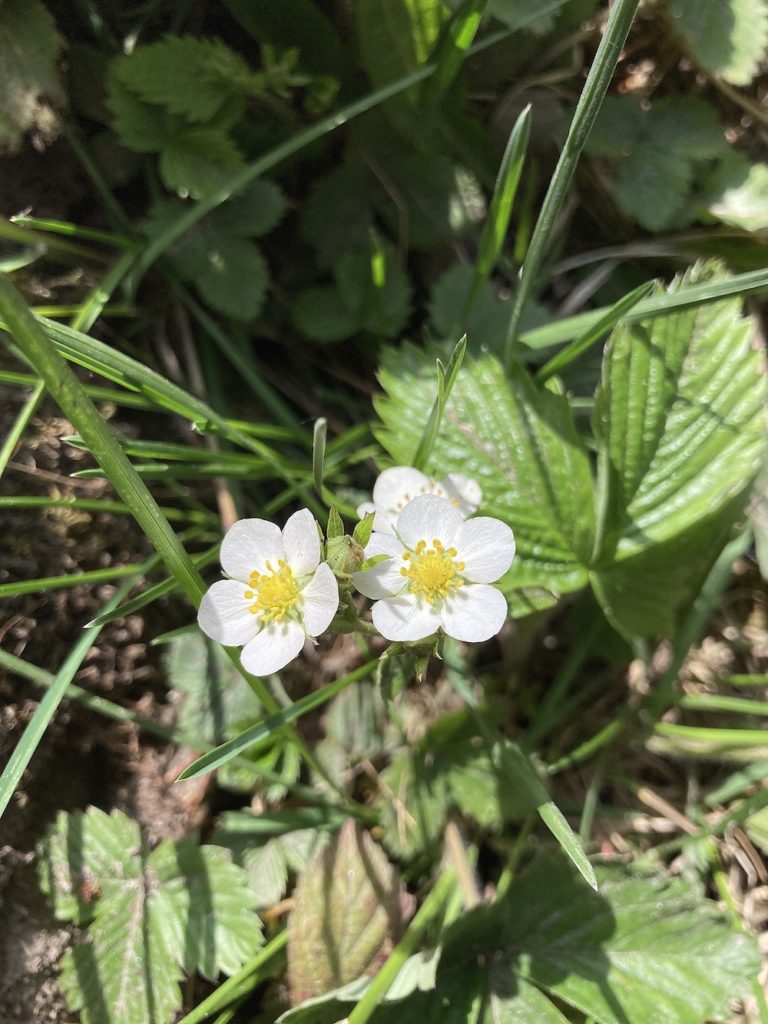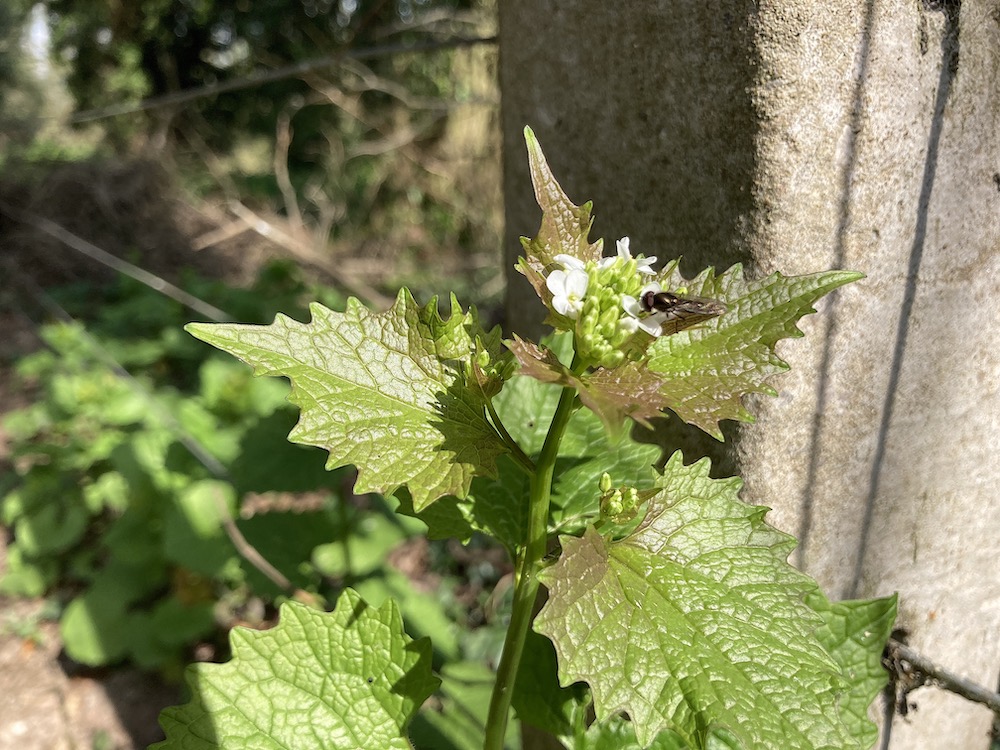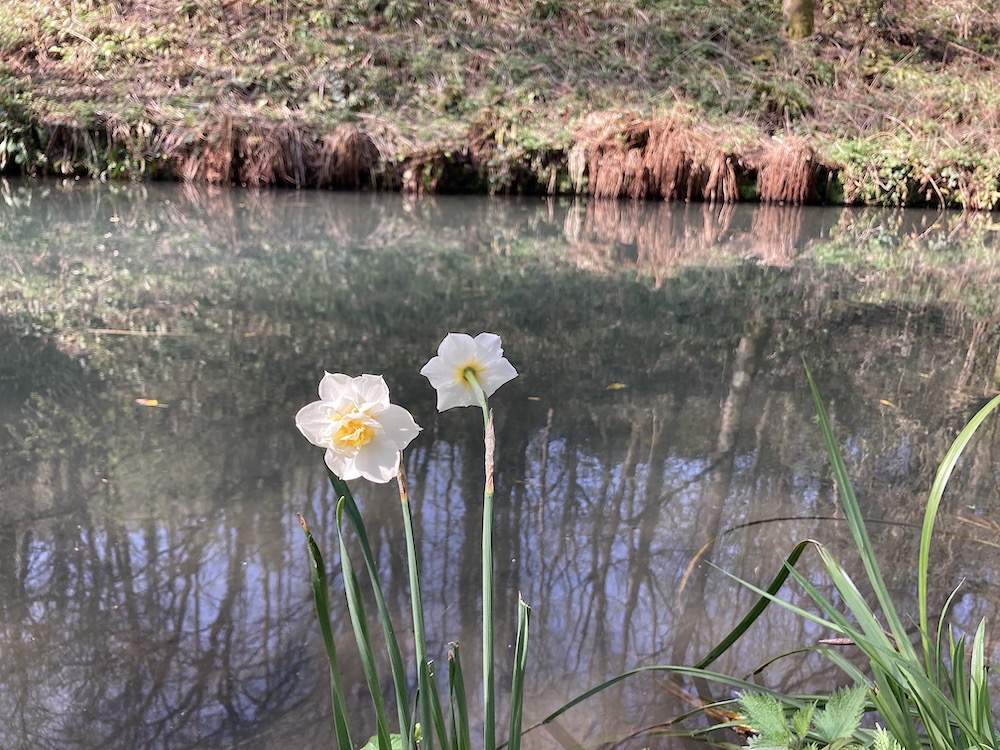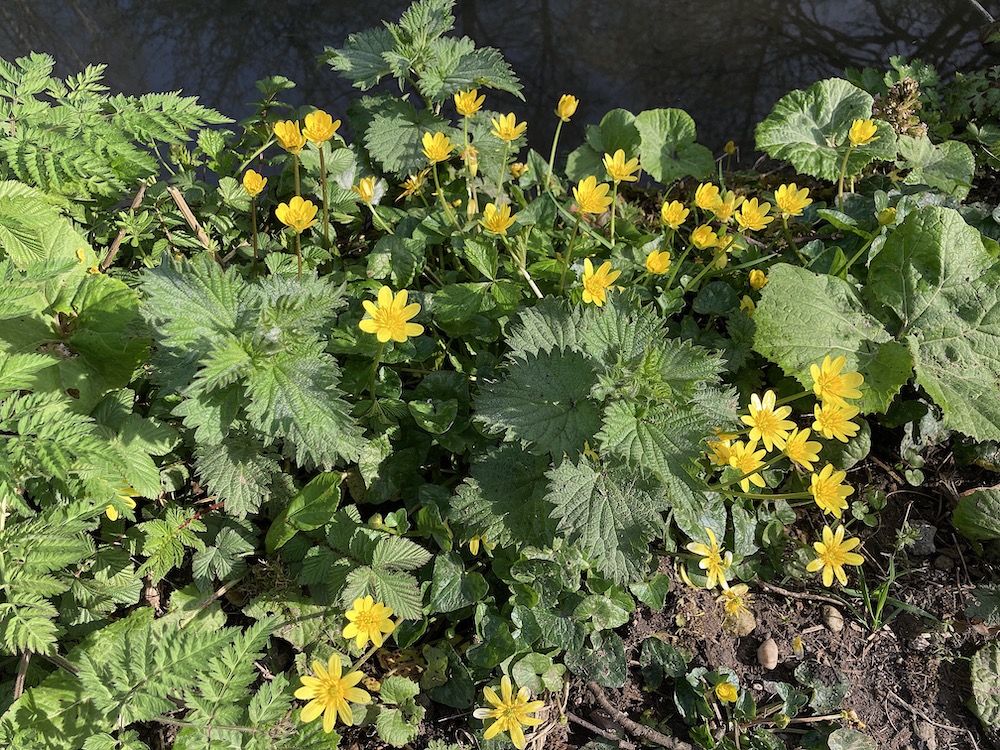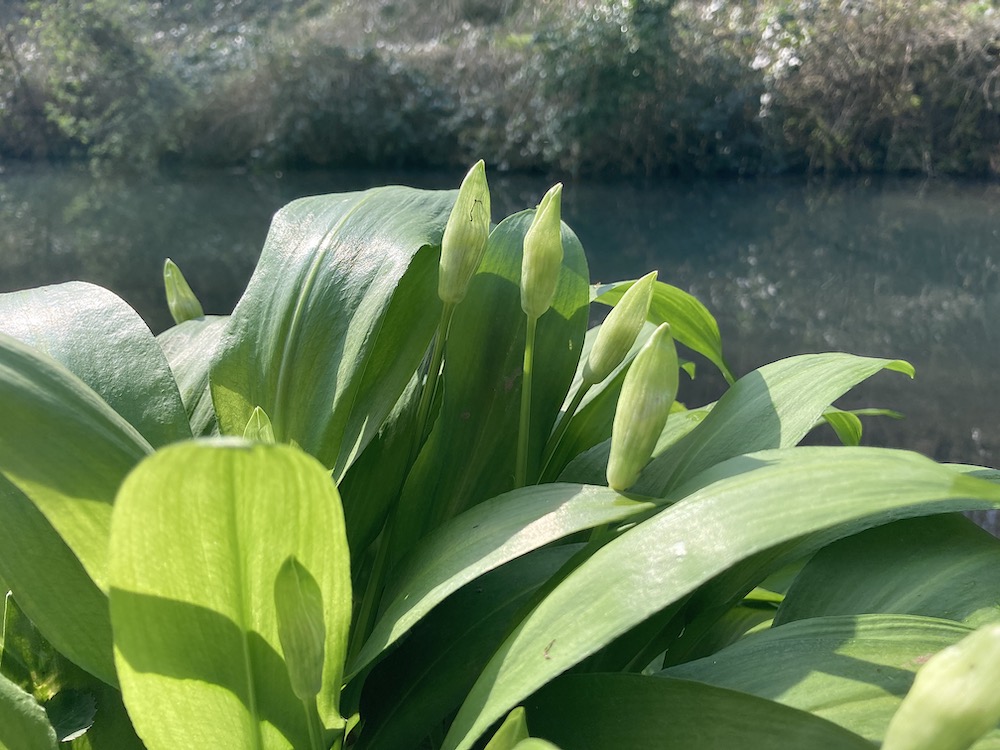
As I write this blog at the end of March I have already seen a few bees in the garden. I have a fondness for bees of all varieties but struggle to identify many of them. This is not really surprising as there are over 270 bee species in Britain ranging from the well known honey bee, to bumblebees and solitary bees.
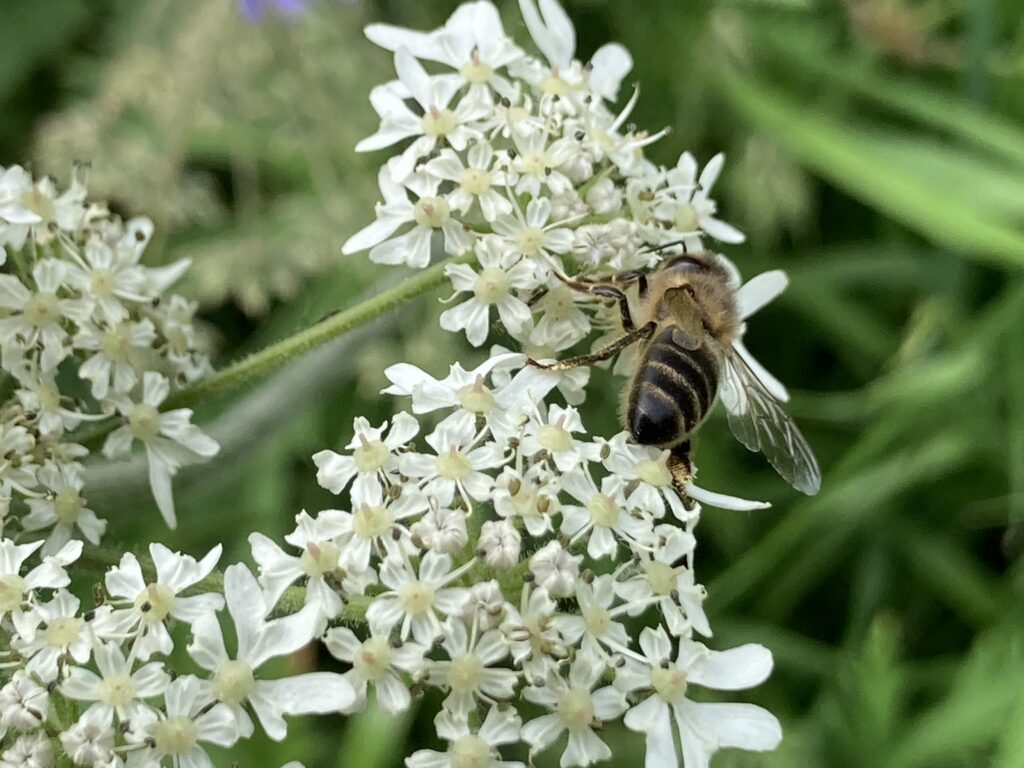
The largest species of bee in the UK is the Garden Bumblebee, it is a long-tongued bee which uses its long face and tongue to pollinate hard-to-reach tubed flowers such as foxgloves. There are also many species of short tongued bees in the UK? They have short pointed tongues and often nest in soils. These bees collect pollen on the underside of the abdomen and on their legs. This is the reason why it is a good to grow flowers of different shapes so that your garden can be a feeding ground for a variety of bees and pollinators.
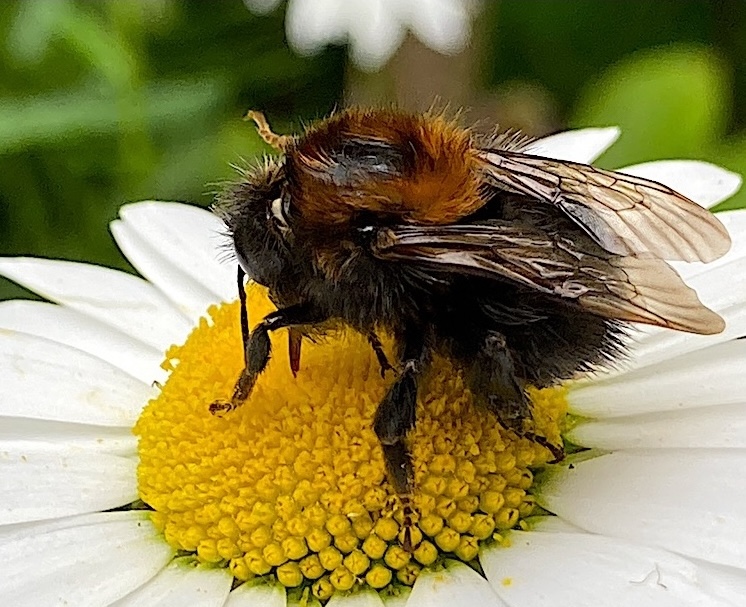
Most bumblebees are social insects forming colonies with a single queen. The colonies are smaller than those of honey bees, growing to as few as 50 individuals in a nest. One of the species which nests in bird boxes and lofts is the Tree Bumblebee. With this species you may often see ‘swarms’ of bees flying around the nest, this is perfectly normal as these are male bees flying around waiting for queens to come out so that they can mate. Male bumblebees cannot sting, so there is no need to be alarmed.
I love the fact that male bumblebees often have a yellow moustache. It gives them a comical look but it can also be a useful way to tell a male bee from a worker of the same species.
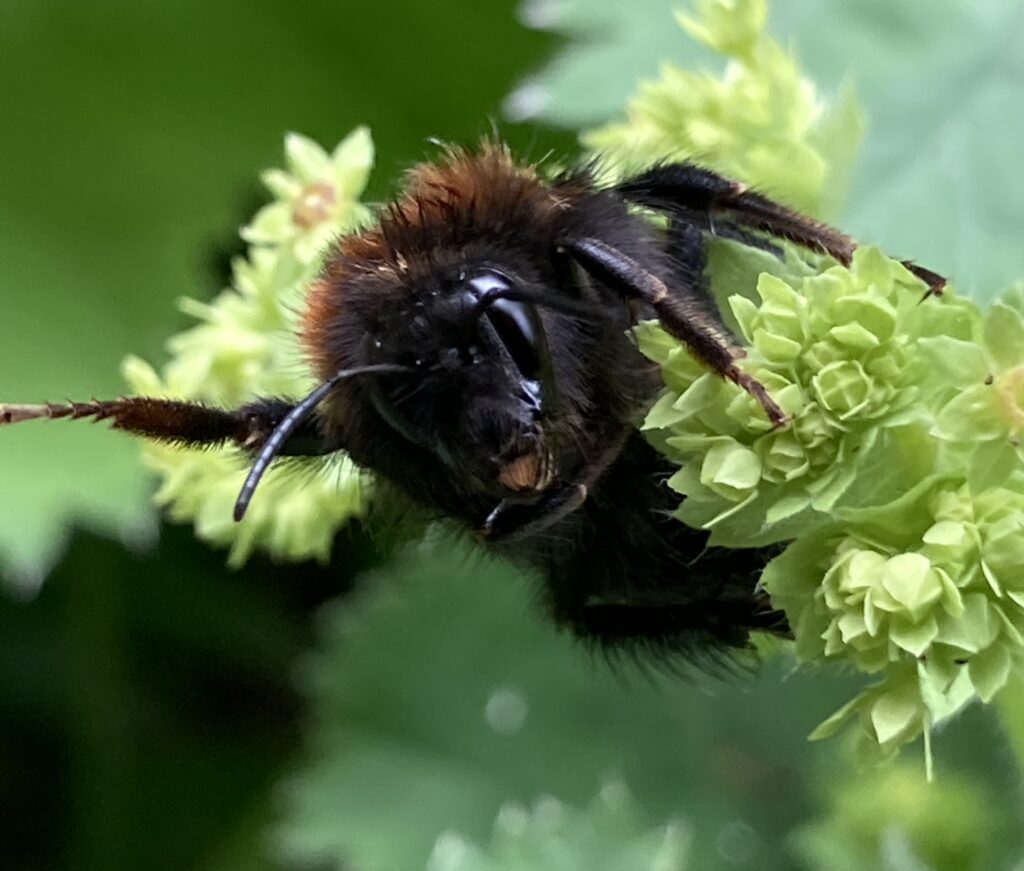
There are also species of Cuckoo Bumblebees. Just like the cuckoo bird they take over the nests of true bumblebees. A female cuckoo bee will go into the nest, kill the queen, and take it over for herself. A cuckoo bee does not produce any workers, just new females and males.
Most bees to be found in the UK are solitary bees and have some fabulous names such as The Patchwork Leaf-cutter Bee. The females cut discs out of leaves, gluing them together with saliva in order to build the ‘cells’ in which their larvae live. The patchwork leaf-cutter bee is on the wing from April to August, and feeds solely on pollen and nectar.
Another of my favourite bees is the Hairy-footed Flower Bee. The hairy-footed flower bee can be seen in spring and summer, visiting tubular flowers like red dead-nettle and comfrey. As its name suggests, it has long, orange hairs on its middle legs.
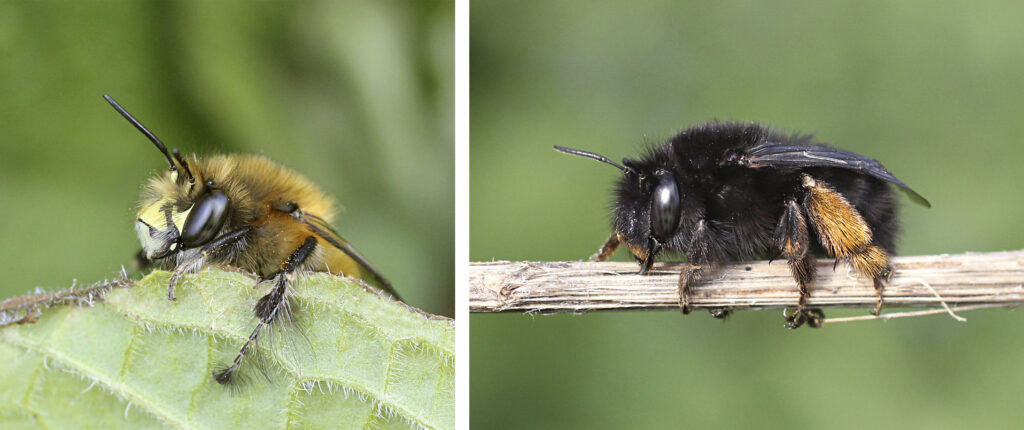
The Wool Carder Bee is a very distinctive bee with yellow spots down the sides of their abdomens. They are one of the few bee species in which the male is larger than the female. Females comb wool fibres from plants to use as nesting material, while males fiercely guard areas of these plants for potential mates. Male Wool carder bees may not have a sting but they do come equipped with a set of spikes on their tails. They will fiercely guard a patch of flowers and chase, head-butt and wrestle any other insect, which dares to enter their territory.
The Ashy Mining Bee is one of our most distinctive spring-flying solitary bees with striking black and grey/white markings. Female Ashy-mining bees excavate small tunnels in the earth to make their nests. They can occasionally be found nesting in large groups, but are also found in small groups or as single females. Males have similar markings to females, although they are smaller and not quite as noticeable. They have more obvious light hairs along the side of the thorax and also at the top of the abdomen.
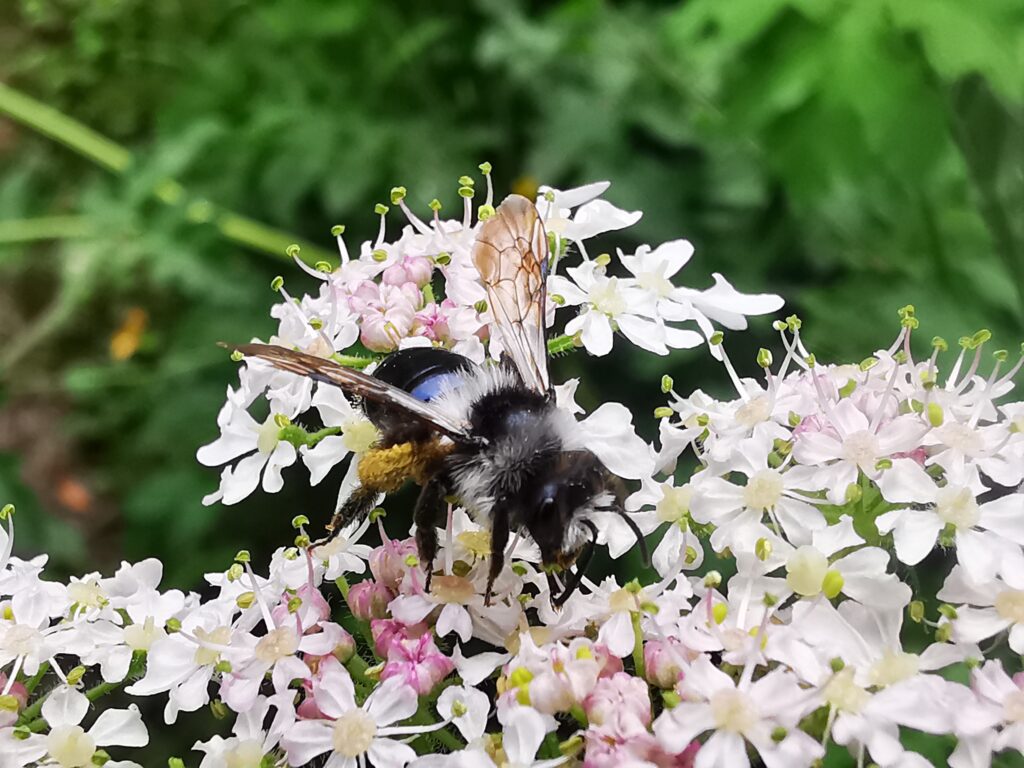
When you hear a buzzing in the garden this year take a closer look as bees come in all sorts of shapes, colours and sizes. There are some good sites to look up bee identification.
www.friendsoftheearth.uk/nature/bee-identification-guide
www.bumblebeeconservation.org/bumblebee-species-guide
Bees are great indicators of a healthy environment. But right now, they’re at risk due to climate breakdown and habitat loss. Shifts in the seasons are disrupting flowering times and the availability of food, shelter and nesting sites. Climate change also brings extremes of drought, heavier rainfall and flooding.
We can all do our bit to help bees, this website is full of useful advice, www.thebeeconservancy.org/10-ways-to-save-the-bees/
